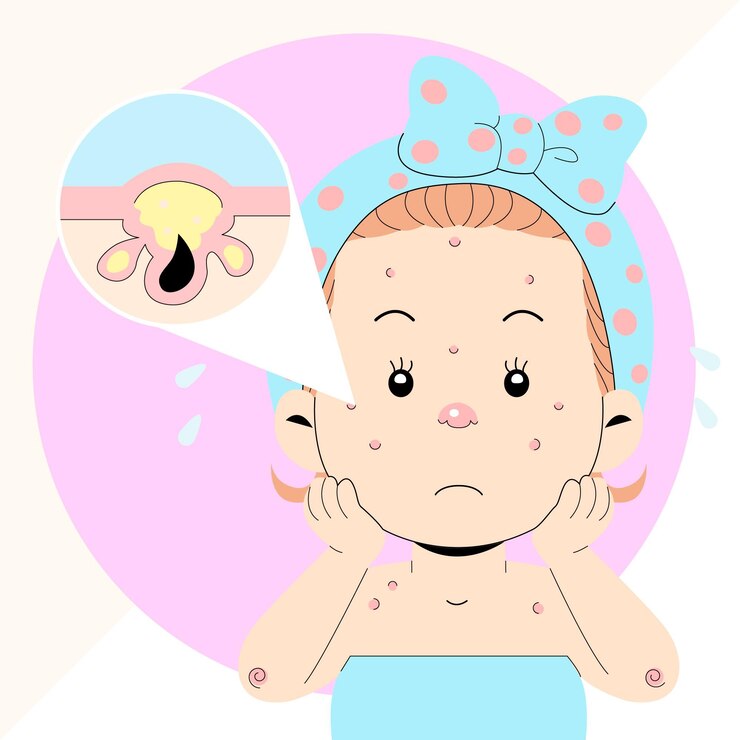
Seborrheic Folliculitis in Babies and Children: Symptoms, Treatment, and Prevention
Dealing with skin conditions in babies and children can be concerning for parents, especially when it comes to conditions like seborrheic folliculitis.
But understanding the symptoms, treatment options, and prevention methods can help you navigate this common skin issue with confidence.
Symptoms of Seborrheic Folliculitis in Babies and Children:
Seborrheic folliculitis in babies and children can present with symptoms such as:
- Red or pinkish bumps: These bumps may appear on the scalp, face, neck, or diaper area.
- Yellow or white scales: These scales may cover the affected areas and resemble dandruff or cradle cap.
- Itching or discomfort: Babies and children may show signs of irritation or discomfort, such as scratching or rubbing the affected areas.
Treatment Options for Seborrheic Folliculitis in Babies and Children:
While seborrheic folliculitis in babies and children usually resolves on its own, there are treatment options available to help alleviate symptoms:
- Gentle cleansing: Wash the affected areas with a mild baby shampoo or gentle cleanser to remove excess oil and scales.
- Moisturizing: Apply a gentle baby moisturizer or coconut oil to the affected areas to help soothe dryness and reduce inflammation.
- Antifungal creams: In more severe cases, your pediatrician may recommend an antifungal cream or shampoo to help reduce yeast overgrowth and inflammation.
- Avoiding irritants: Avoid using harsh soaps, shampoos, or skincare products that can irritate your baby’s delicate skin.
Prevention Methods for Seborrheic Folliculitis in Babies and Children:
While seborrheic folliculitis cannot always be prevented, there are steps you can take to reduce the risk of flare-ups:
- Regular bathing: Bathe your baby or child regularly with a mild baby shampoo or cleanser to keep their skin clean and free of excess oil and scales.
- Gentle skincare products: Use gentle, fragrance-free skincare products designed for babies and children to reduce the risk of irritation.
- Maintaining good hygiene: Keep your baby’s scalp clean and dry, and avoid leaving them in wet diapers for extended periods.
- Avoiding tight hats or clothing: Tight-fitting hats or clothing can trap heat and moisture, leading to irritation and flare-ups.
By following these tips and working closely with your pediatrician, you can help manage seborrheic folliculitis in babies and children and keep their skin healthy and comfortable.
To seek medical advice, always consult a Doctor.
Here are our recommended EXPERTS. Click here
To read more on SKIN. Click Here


